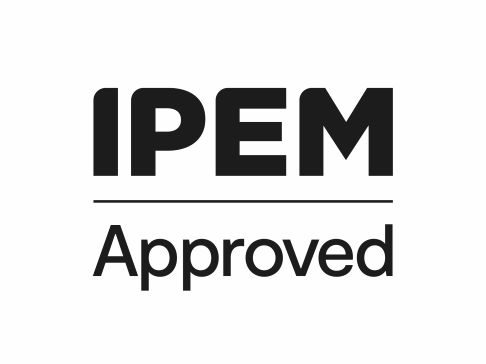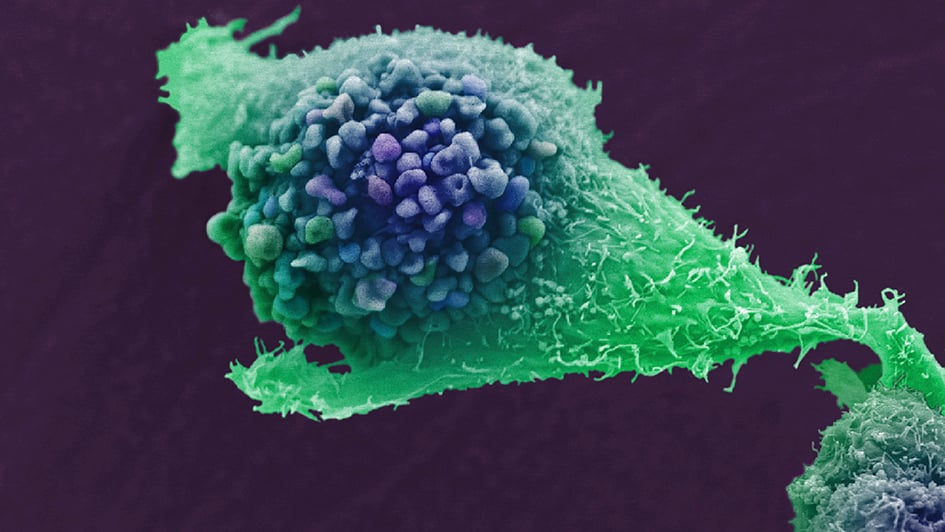Magnetic resonance imaging (MRI) and spectroscopy course
Course dates
Unfortunately, for reasons beyond our control, we have had to cancel the MR course for October 2025. We intend to run the course as normal in 2026 so please check back again soon for the new course dates.
Venue
The Institute of Cancer Research and The Royal Marsden NHS Foundation Trust, Downs Road, Sutton, Surrey, UK.
Overview
This course is organised by the Joint Department of Physics of The Royal Marsden NHS Foundation Trust and The Institute of Cancer Research, London.
The course has been running at the current venue since 1998. It gives an introduction to methods and applications of biomedical magnetic resonance imaging (MRI) and spectroscopy, assuming no prior knowledge of the principles of magnetic resonance.
The course is intended to be useful both for NHS physicists who deal with MRI in a clinical setting, and for scientists (such as postdocs and PhD students new to the field) performing research in the field of in vivo NMR. It includes the opportunity to virtually observe measurements demonstrated on one of the Siemens 1.5T MR systems, installed at The Royal Marsden NHS Foundation Trust. A provisional lecture list is available below.
The course assumes some familiarity with general principles of physics, but no specific knowledge of magnetic resonance.
Group tutorials are included to give students the opportunity to discuss the material in small groups, and to perform simple exercises to reinforce and extend the teaching of the formal lectures.
The course begins at 9.30am on Monday 13 October 2025, and finishes late afternoon on Wednesday 15 October 2025. One-and-a-half-hour group demonstrations may be included as part of the course on the Monday or Tuesday evenings.
This is a CPD course approved by IPEM.
Provisional lecture list
- Basis of NMR
- Relaxation Parameters and Spin Echoes
- Magnetic Field Gradients, Slice Selection and Frequency Encoding
- Basic Imaging Sequences: Spin-echo and Gradient Echo
- 2D FT Imaging, k-space
- Hardware - RF Requirements and RF Coils
- Safety Considerations
- Hardware - Magnets, Gradients and Eddy Currents
- Image Contrast, Resolution and Factors Affecting Signal-to-Noise
- MRI in Practice
- MRI in Radiotherapy Planning
- K-space trajectories
- Quantitative imaging
- Acceleration of MR sequences
- Diffusion MRI
- Introduction to in vivo MR Spectroscopy
- MR Spectroscopy Acquisition and Analysis
- MRI for Clinical Drug Development
- Flow and MR Angiography
- Functional Imaging Methods
- Clinical examples of MRI
Most lectures will be 45 minutes in duration.
Provisional list of lecturers
- Dr M Blackledge – ICR and RMH, Sutton
- Dr G Charles-Edwards – Guy's and St Thomas Hospitals, London and ICR
- Dr K De Paepe – Cambridge
- Dr S Doran – ICR and RMH, Sutton
- Dr M Graves – Addenbrookes Hospital, Cambridge
- Dr E Kousi – ICR and RMH, Sutton
- Dr P Murphy – The Janssen Pharmaceutical Companies of Johnson & Johnson
- Dr M Orton - RMH and ICR, Sutton
- Dr GS Payne – ICR and RMH, Sutton
- Dr M Rata – ICR and RMH, Sutton
- Dr M Schmidt – ICR and RMH, Sutton
- Professor G Barker – Kings College, London
- Dr J Winfield – RMH and ICR, Sutton
Registration & Course fees
Downloadable Registration Form (PDF)
All current course registration fees are given on our registration form.
The cost includes lunches and light refreshments. Lecture notes and a certificate of attendance are provided.
You will be allocated a place on receipt of a completed registration form and a valid quoted payment reference/purchase order or completed bank transfer/online payment. We are unable to accept provisional bookings.
The number of participants is limited, so early booking is advised. Applications from outside the UK are welcome.
Closing date for registrations - TBC
Related documents
Contacts
Course Organiser: Dr Simon Doran
For registration details and any other queries contact:
Course Administrator: Mrs Melisa Porter

Related pages
Latest ICR News

The ICR honoured for vital role in advancing research-driven care for children with brain tumours
The Royal Marsden Hospital, St George's Hospital and King's College Hospital with The Institute of Cancer Research, London, as the South London Paediatric Neuro-Oncology Network, has announced that it has been designated a Tessa Jowell Centre of Excellence for Children.

New AI models set to revolutionise medical imaging and transform cancer care
Two ground-breaking studies have demonstrated that combining artificial intelligence (AI) with state-of-the-art MRI imaging could revolutionise how clinicians detect, monitor and treat advanced prostate cancer.

ICR responds to announcement of prostate cancer screening for men with BRCA1 and BRCA2 gene mutations
Experts at The Institute of Cancer Research, London, have responded to the draft recommendation from the National Screening Committee (NSC) to implement a targeted prostate cancer screening programme for men with a confirmed BRCA1 and BRCA2 variant.

ICR awarded prestigious prize for radiotherapy research
The Institute of Cancer Research, London, has been awarded a Queen Elizabeth Prize for Higher and Further Education - the highest national honour in UK further and higher education for its pioneering radiotherapy research.